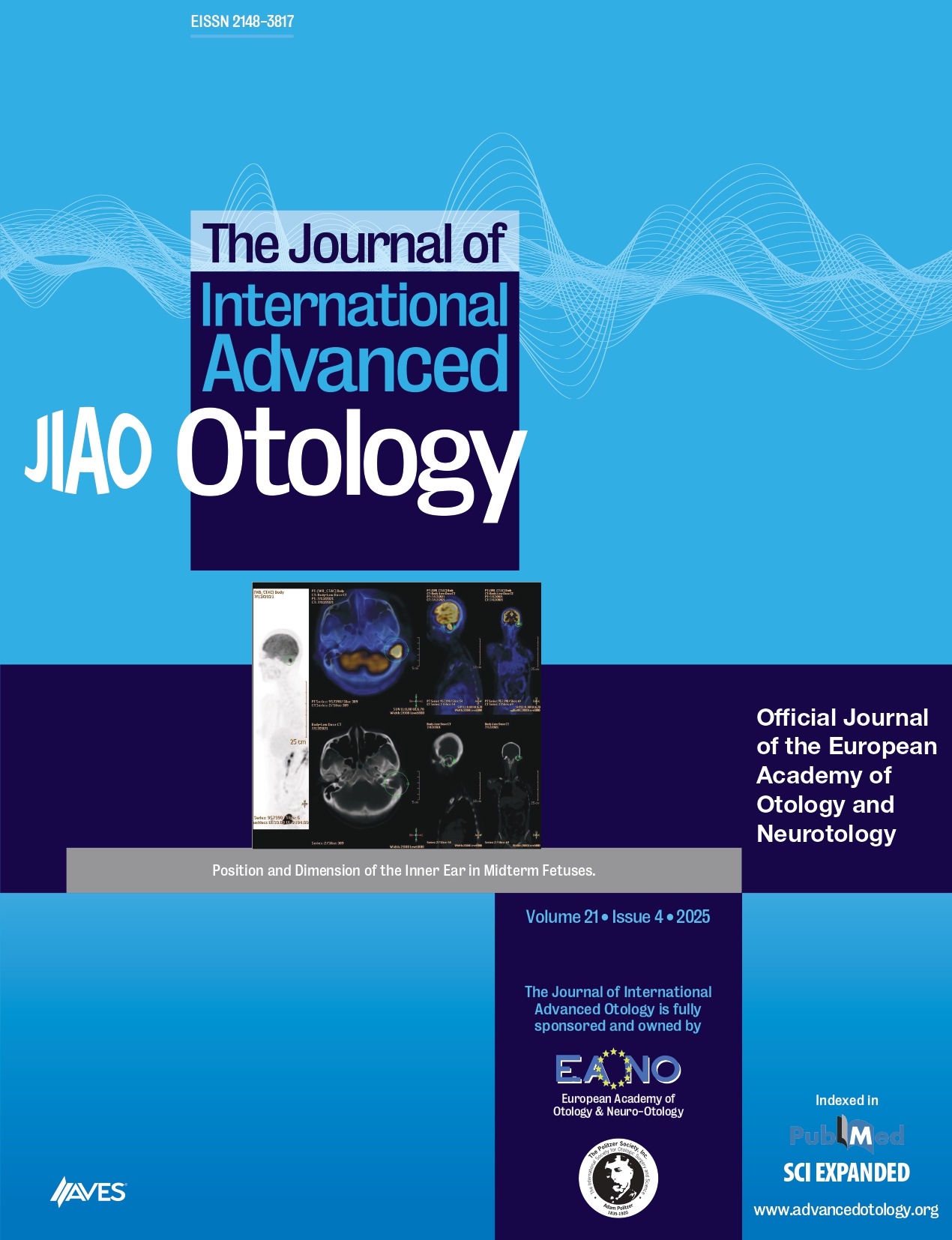Abstract
Potassium-titanyl-phosphage (KTP) lasers possess many characteristics suitable for otologic surgery. The objective of this report is to provide recommendations on the use of KTP laser for cholesteatoma surgery based on a narrative review of currently available evidence. PubMed and the Cochrane Review of randomized control trials were searched for relevant publications on efficacy and adverse effects and relevant articles appraised by the authors using Oxford Centre for Evidence-based Medicine criteria for recommendations. The potential benefits of KTP laser in cholesteatoma surgery include reduced rates of residual cholesteatoma and improved hearing outcomes. Cholesteatoma may be more effectively removed using KTP laser than using mechanical dissection alone. Reduced rates of residual cholesteatoma have been reported with KTP laser with level 2 evidence. In addition, KTP laser may facilitate the removal of cholesteatoma without the risk of mechanical trauma. This potentially allows for improved postoperative hearing outcomes through a) minimizing cochlear trauma and reducing sensorineural hearing loss and b) reducing the need for disruption of an intact ossicular chain. Currently, level 4 evidence exists to support improved postoperative hearing outcomes with the use of KTP laser. KTP laser use appears to be safe in otologic surgery if appropriate guidelines are followed. Current evidence is sufficient to strongly recommend KTP laser use for the prevention of residual cholesteatoma (Grade B recommendation) and an option for KTP laser use for optimizing hearing outcomes (Grade C recommendation).



.png)
.png)